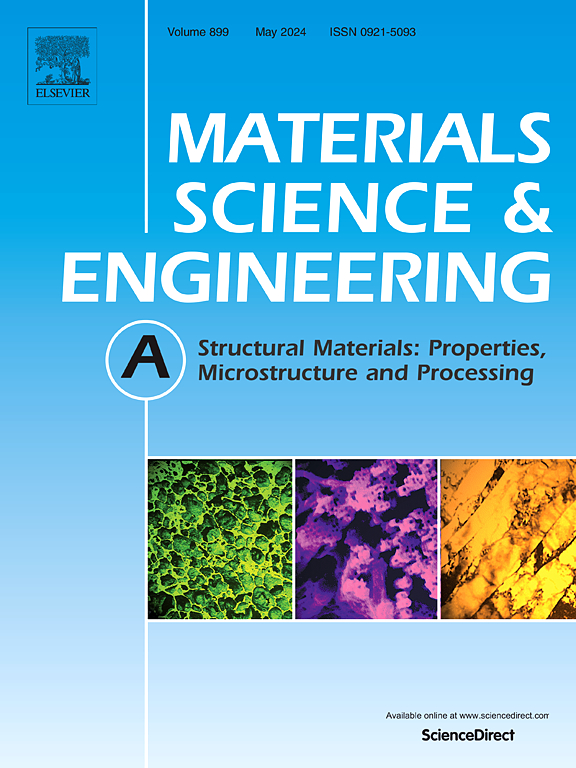High strain rate deformation behavior of QP1180 advanced high-strength steel for automobiles
IF 6.1
2区 材料科学
Q1 MATERIALS SCIENCE, MULTIDISCIPLINARY
引用次数: 0
Abstract
To advance the use of quenching and partitioning (QP) steel in the automotive sector necessitates a comprehensive understanding of its behavior under both static and dynamic loading conditions. Thus, the present article aims at elucidating the effect of strain rate on microstructural alterations and mechanical response in a QP steel with an ultimate tensile strength of 1180 MPa. When the strain rate was elevated from 10−3 s−1 to 102 s−1, the ultimate tensile strength increased from 1191 MPa to 1318 MPa. Despite substantial transformation of retained austenite into martensite, which activated the transformation-induced plasticity (TRIP) effect, the total elongation initially decreased to 22.2 % before increasing to 29.3 % at a strain rate of 102 s−1. To examine the mechanisms behind this unusual trend in total elongation, the evolution of martensite transformation, twin martensite, carbide precipitation, and dislocation density with strain rate was analyzed via electron microscopy and X-ray diffraction. The results showed that interactions between dislocations and twins reduced the lengths of twin boundaries and exacerbated plastic deformation by inducing severe lattice distortions. In addition, higher strain rates prompted carbon redistribution, leading to carbon clustering and formation of ε-carbides. The shear deformation mechanisms ultimately led to improved strength and ductility as the strain rates increased.
求助全文
约1分钟内获得全文
求助全文
来源期刊

Materials Science and Engineering: A
工程技术-材料科学:综合
CiteScore
11.50
自引率
15.60%
发文量
1811
审稿时长
31 days
期刊介绍:
Materials Science and Engineering A provides an international medium for the publication of theoretical and experimental studies related to the load-bearing capacity of materials as influenced by their basic properties, processing history, microstructure and operating environment. Appropriate submissions to Materials Science and Engineering A should include scientific and/or engineering factors which affect the microstructure - strength relationships of materials and report the changes to mechanical behavior.
 求助内容:
求助内容: 应助结果提醒方式:
应助结果提醒方式:


